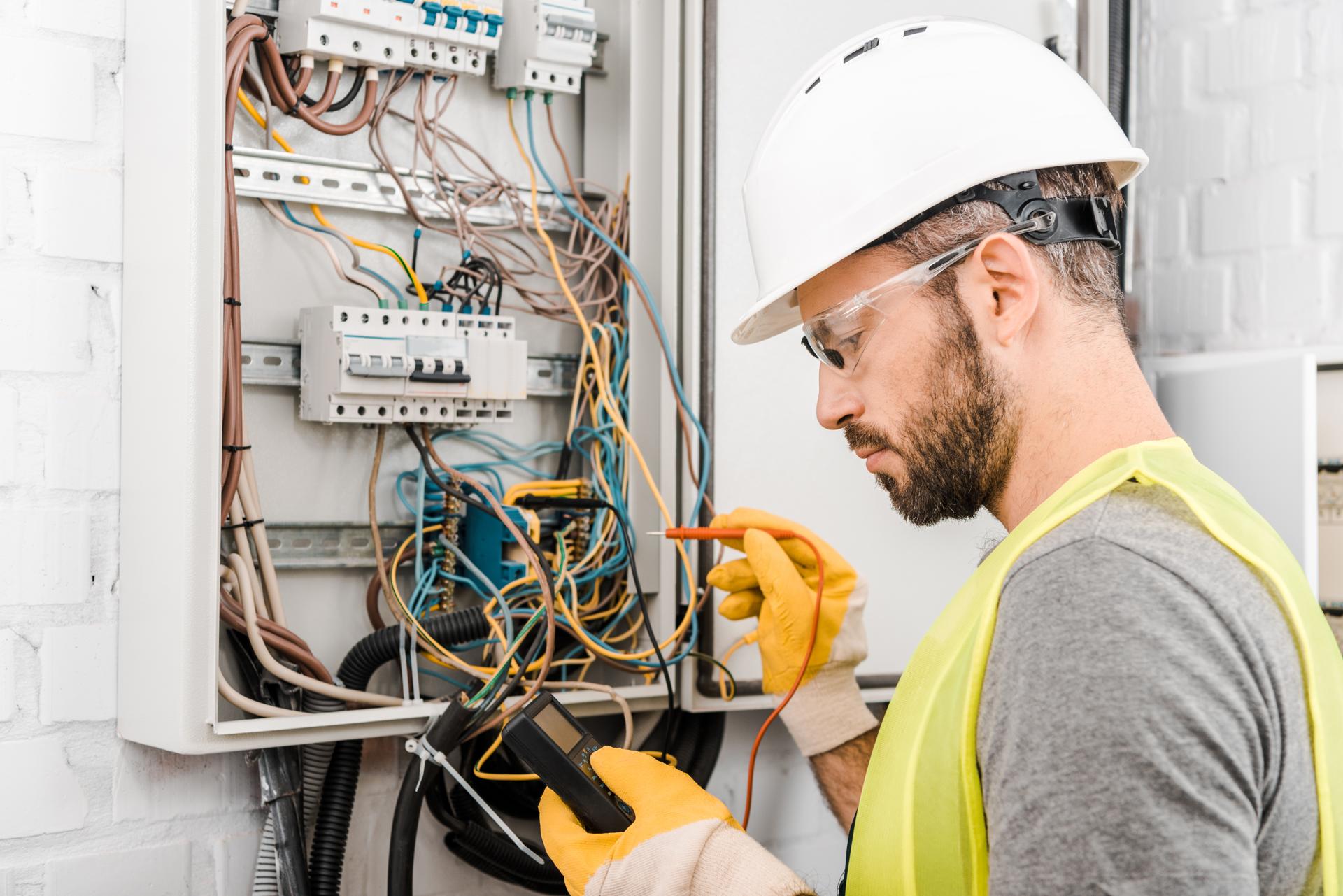Demystifying Electrical Wiring: A Layman's Explanation of How It Works in Your Home

Electricity is an integral part of our life, powering everything from the lighting in our houses to gadgets we use every day. However, electrical systems can be a bit complicated, making it difficult to understand how they function isn’t easy. In this article we’ll go over the components of an electrical system, and show how circuits operate to power devices and appliances. Our residential electricians can handle any electrical jobs you need.
Components of an Electrical System
An electrical system has several essential components that work to provide power throughout the home. They include:
Breaker box is the central distribution point for electric power in a home that is where electricity is split into various circuits
Outlets and switches: the points at which electricity is supplied to appliances and devices
Wiring: the electrical wires that transmit power from the breaker box to the outlets and switches
Electronic appliances and gadgets: the devices and appliances that use electricity to function.
Electrical Circuits
A circuit of electricity is one that lets electricity flow from the point of origin (the the breaker box) to the appliances and devices in a home. There are two kinds of electrical circuits found in homes which are 120-volt circuits and circuits with 240-volt voltage. 120-volt circuits are employed to power most household appliances and appliances, while 240-volt circuits are used to power larger appliances, such as air conditioners and electric dryers.
Electrical circuits work by completing an electrical loop that allows power to flow from the source to the device or appliance. The loop is made up of a hot cable that transports the power, a neutral wire that completes the circuit, and a ground wire , which is a path for the electricity to get to the ground in the event of a fault.
Understanding the electrical Wiring
Electrical wiring is available in a variety of kinds, such as non-metallic sheathed cable (NM) and armored cable (AC), and conduit. Each kind comes with its own pros and drawbacks and the selection of the wiring type is contingent upon the specific needs of the installation.
Electricity travels through wiring through a flow of electrons in the wire. Electrons move between the origin and the device or appliance returning to the source via the neutral wire. It’s essential to ensure that the wiring is installed and maintained properly, since improper wiring can cause electrical hazards such as shocks or fires.
Common Electrical Issues
The most frequent electrical problems found that homeowners face include tripping the breakers, flickering lights and dead outlets. The causes of these issues could be by a variety of factors that include overloading circuits, broken connections, and defective wiring.
If you’re experiencing any of these issues, it’s crucial to pinpoint the cause and take appropriate actions to rectify the issue. In some cases, this may involve contacting a licensed electrician to examine and fix the wiring.
Final Conclusion, as well as a Call to Action
Understanding how electrical wiring operates is essential to ensure the safety and security of your home’s electrical system. By following the guidelines outlined in this document and you will be able to remain secure and stay clear of potential dangers.
If you have any questions or concerns regarding the electrical system in your home do not hesitate to call Local Electrician Menai. Our electricians are licensed and have the knowledge and expertise to address all of your electrical needs. Contact us at 1300 941 876 to schedule a consultation.
FAQ
What are the indicators of faulty electrical wiring?
The signs of an electrical wiring issue could include tripping breakers flickering lights, and electrical outlets that are not working, for example.
What is the best time to have the electrical system of my house checked?
It is recommended to get your home’s electrical system checked by an accredited electrician at least every 10 years.
What is the life expectancy of wiring that is electrical?
The life expectancy of electrical wiring is dependent on many factors, such as the kind of wiring used, the setting it’s placed in, and the quality of the installation. The majority of electrical wiring lasts up to 30-years or longer, with proper installation and maintenance.
Do I have the ability to fix electrical issues by myself or should I employ an electrician?
Although some electrical issues are fixable by homeowners, it is recommended that you hire a licensed electrician for the majority of electrical repairs. Making attempts to fix electrical problems without the proper education and experience can be dangerous and may cause injury or damage to your home.
What do I do if have an electrical issue in my home?
If you encounter an electrical emergency first thing to do is to cut off power to the affected location by turning off the fuse or breaker. After that, you should contact an accredited electrician to inspect and repair the issue as soon as is possible.
If you follow these tips by following these guidelines, you can ensure the security and reliability of the electrical system in your home and reduce possible dangers. Keep in mind that when it comes to electrical repairs as well as installations, it’s best to leave it to the experts. Reach out to Local Electrician Menai at 1300 941 876 to discuss all of your electrical requirements.
